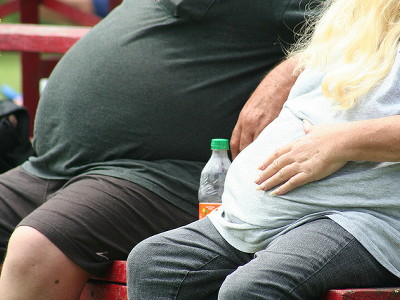It is once again shown that the difference between rich and poor greatly affects healthy life expectancy

by
The number of years a person can live independently and maintain their own mind and body without relying on medical care or nursing care is called “ healthy life expectancy ”. The length of healthy life expectancy is greatly affected by the economic power of individuals, and the theory that `` the richer the longer the healthy life expectancy '' has been advocated in previous studies, but a total of 25,000 elderly people Analyzes of survey data for have been reported to support this theory.
Socioeconomic Inequalities in Disability-free Life Expectancy in Older People from England and the United States: A Cross-national Population-Based Study | The Journals of Gerontology: Series A | Oxford Academic
https://academic.oup.com/biomedgerontology/advance-article/doi/10.1093/gerona/glz266/5698372
Being wealthy adds nine more healthy years of life, says study | Society | The Guardian
https://www.theguardian.com/society/2020/jan/15/being-wealthy-adds-nine-years-to-life-expectancy-says-study
A research team led by Professor Paola Zaninotto, an epidemiologist at University College London , based on research on aging in the UK and US research on health and retirement , 17,754 British and 50 Americans over the age of 50 Based on the data of 4,803 people, we investigated the relationship between healthy life expectancy and socio-economic factors. The survey subjects were divided into groups based on race, social class, wealth, educational level, and the presence or absence of disabilities, and comparisons were made between each group.
Below is a bar graph comparing the remaining healthy life expectancy of groups divided by social class. The upper part is male and the lower part is female, black is British data and white is American data. The vertical axis is the remaining healthy life expectancy, and the horizontal axis is 50s, 60s, 70s, and 80s for each age group from the left, and the social class is lower, middle, and upstream for each age group in three stages Are classified. For any age group, the higher the social class, the longer the remaining healthy life expectancy. In the 50s, the remaining healthy life expectancy of the upper class is about 5 to 6 years longer than that of the lower class.

And the following is a bar graph comparing the remaining healthy life expectancy of the groups divided by wealth, classified into three stages of the poor, middle class and rich by age group. In terms of wealth, the gap in the remaining healthy life expectancy was larger than that of the social class, and the remaining research life expectancy of the rich in their 50s was about 9 years longer than that of the poor in the same age group.

From this result, Professor Zaninotto said, `` Socioeconomic inequality in healthy life expectancy is the same for all age groups in the United Kingdom and the United States, and wealth is a socioeconomic advantage for both age groups in both countries. I understand. '
This study is similar to the findings reported in 2018 that `` rich people will live longer on average by nearly 10 years than poor people, '' reiterating the correlation between wealth and healthy life expectancy. It can be said that. In addition, also in the study of 2016, towards the wealthy that life than the poor is increased 10 to 15 years research results have been reported.
It is clear that the poor will die almost 10 years earlier than the wealthy-gigazine

`` Improving both the quality and length of healthy life expectancy has a major impact on the health, income, long-term care and employment expenditures of older people, '' said Zaninotto. Suggests that American politicians must make more efforts to reduce health inequalities. '
Related Posts:







